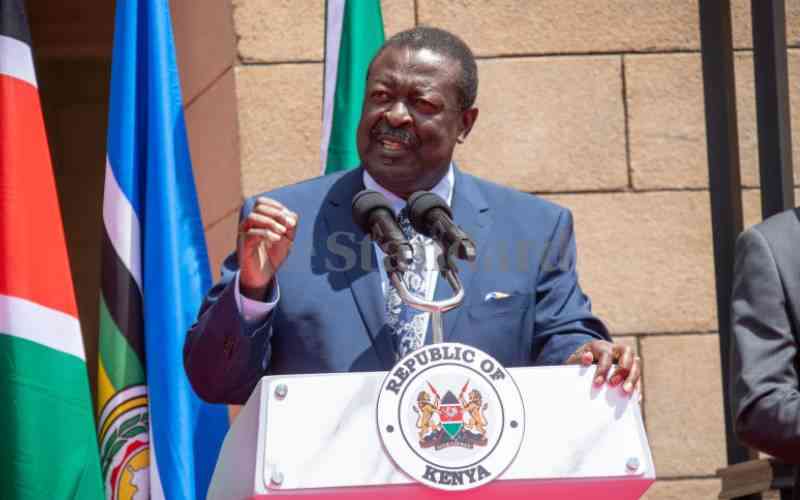- Boeing sweetens labor proposal in 'best and final' offer as strike enters second week
- Water-free manufacturing approach could help advance 2D electronics integration
- Graphene at 20: Still no sign of the promised space elevator, but the material is quietly changing the world
- Novel computational method addresses obstacles in phonon-based heat simulation
- Elucidating the process of smart livestock technology adoption by farmers in Japan

Study reveals complexities of addressing needs of those in remote-rural areas
The concept of rurality is well-trodden ground in policy discussions, but less attention has been given to its more elusive sibling, remote-rurality.
A study published in the World Review of Entrepreneurship, Management and Sustainable Development has looked at this concept and reveals the complexities of defining and addressing the needs of remote-rural areas, particularly in Scotland, where the distinction is not merely academic but vital to economic sustainability and infrastructure planning.
Sayed Abdul Majid Gilani and Naveed Yasin of the Canadian University Dubai, UAE, and Peter Duncan and Anne M.J. Smith of Glasgow Caledonian University, UK, introduce five dimensions to discuss remote-rural regions: population size, proximity to urban centers, level of development, cultural characteristics, and social perception. These categories highlight the inadequacy of relying on a single definition for remote-rural areas, emphasizing the need for a multidimensional approach.
Defining "rural" is no simple task, the team points out, as various countries use different metrics—such as population thresholds of under 2,500 in the U.S. and fewer than 10,000 in the UK. However, the addition of remote-rurality introduces further layers of isolation, limited services, and distinct cultural identities that demand attention from researchers and thence from policymakers.
In Scotland, the government distinguishes between "accessible-rural" and "remote-rural" regions, the latter being considerably more isolated from urban hubs. This distinction is more than theoretical—it has implications for infrastructure, most notably transport, food availability, and now, broadband connectivity, which remains alarmingly inadequate in many remote-rural areas.

- September 23, 2024
Cryptocurrency Aave Up More Than 11% In 24 hours

- September 24, 2024
Murdoch's REA ups offer for property website Rightmove

- September 23, 2024
Egypt’s Foreign Minister meets with African leaders on sidelines of UNGA



- September 23, 2024
Nestle Ghana launches nutrient-rich breakfast

- September 24, 2024
Kenya and Algeria to expand trade agreements, Mudavadi says

- September 23, 2024
Cardano Rises More Than 3% In 24 hours




Subscribe to our mailing list to get the new updates!

Subscribe our newsletter to stay updated
Thank you for subscribing!

